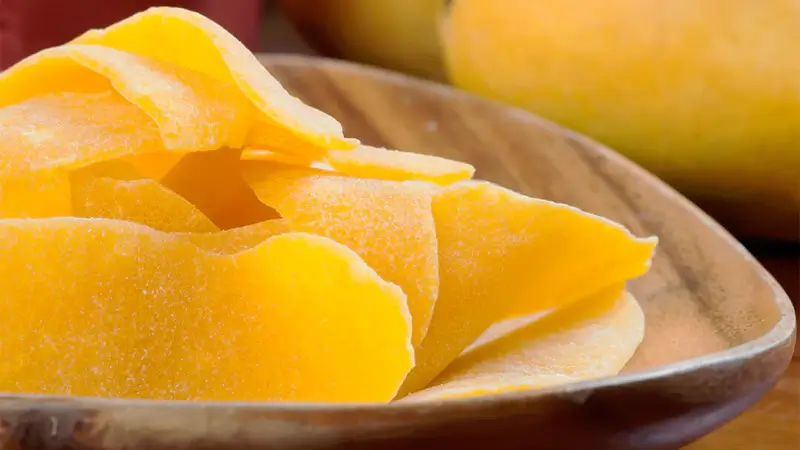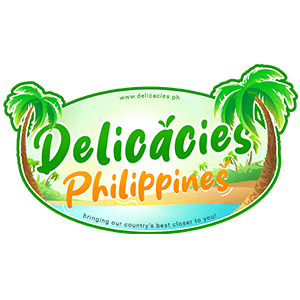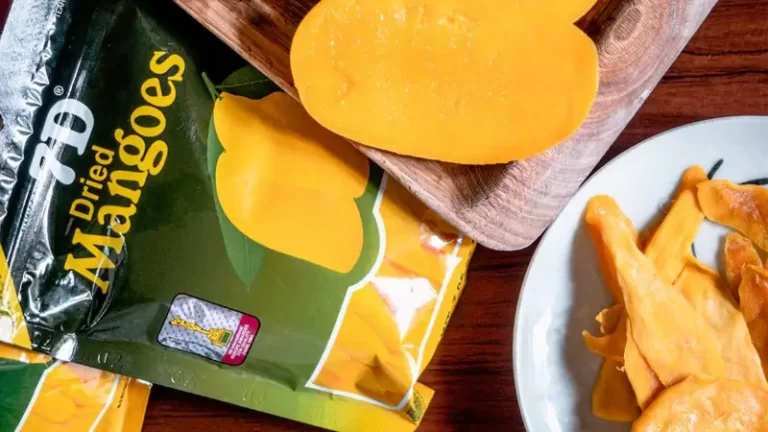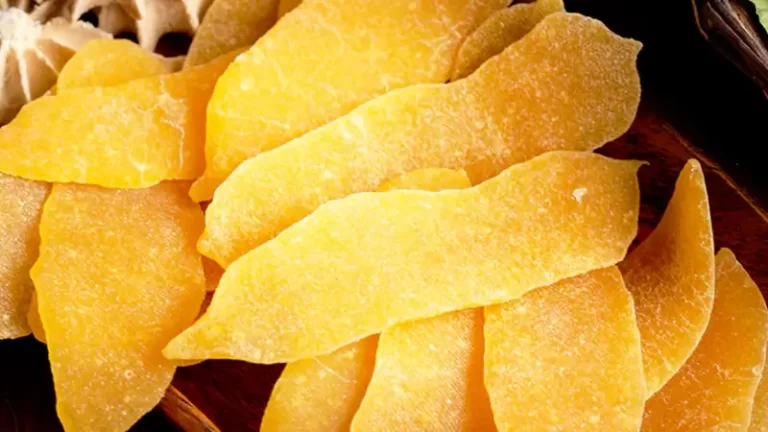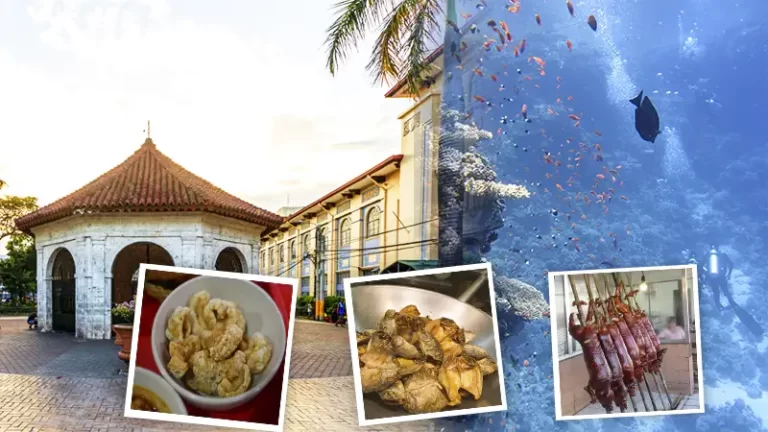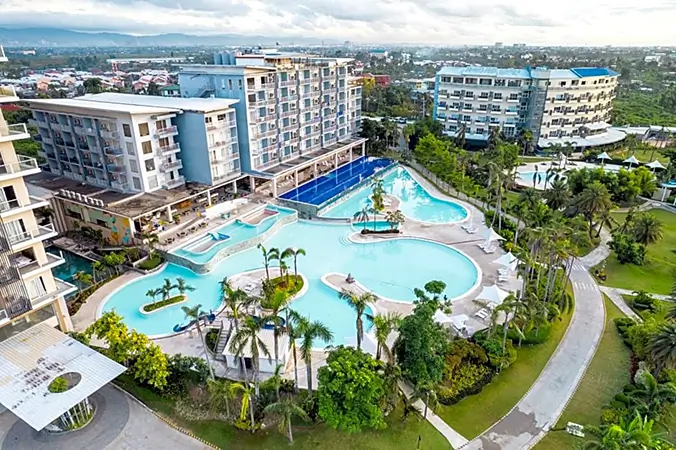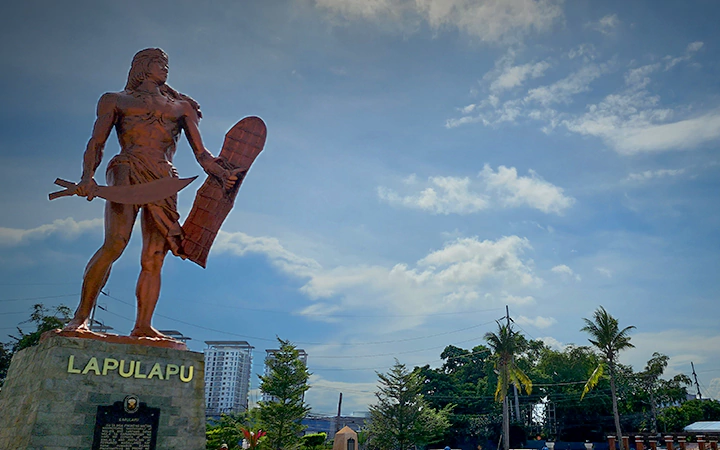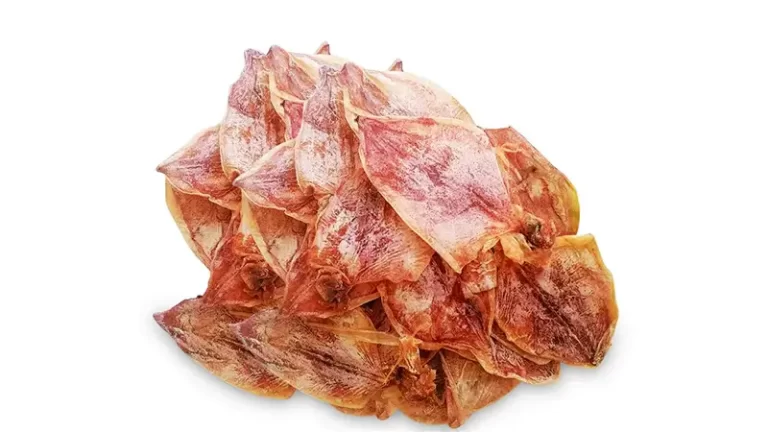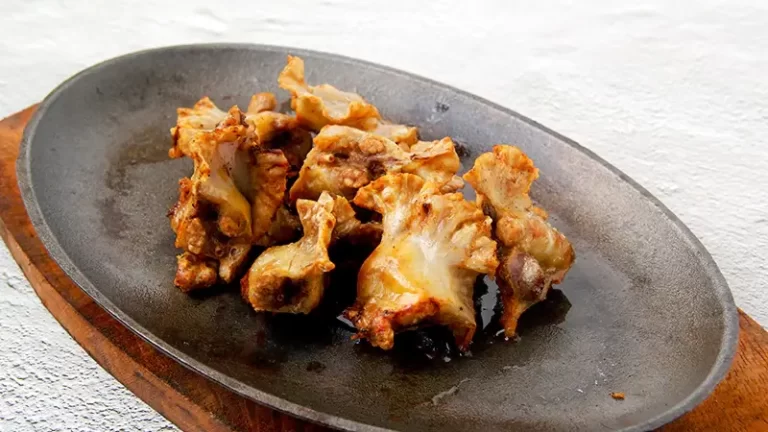With its sweet and non-acidic zest, dried mango Cebu is rich in vitamins and is made from the best-handpicked mangoes of the Queen City of the South.
But, why are dried mango in the Philippines so popular – especially those from Cebu? How to make dried mangoes in Cebu? What’s the best-dried mango in Cebu?
That’s what we’re here to discuss, so make sure to keep reading!
Dried Mango Cebu: Why Is Dried Mango Famous in Cebu?
Cebu mangoes are fleshy, juicy, and sweet. They are great eaten raw and on their own, but they may be used in drinks, desserts, and processed as mango nectar, mango juice, and dried mangoes.
Cebu is so famous for its dried mangoes and processed mango-based products, which are exported to numerous countries around the world.
Amid the mango varieties found in the Philippines, the Philippine Carabao Mango is the more popularly cultivated and grown in Cebu, sold as ripe or unripe, and eaten raw, cooked, or processed.
It is relatively large in size with smooth, yellow skin when ripe and very flavorful and sweet – offering a rather pure kind of mango taste without hints of apple or other fruit flavors.
The Philippine Carabao Mango is not limited to Cebu but is also grown in Ilocos, Guimaras, and Zambales.
If anyone wants to taste Philippine Carabao Mango in its purest, sweetest form, we recommend going to Guimaras.
But, if you’re looking for the best-dried mango in the Philippines and other processed mango products, Cebu is the place to go. <link to ‘Dried Mango in the Philippines’ pillar article>
Cebu is home to popular exporters of dried mango brands including 7D, Profoods (Philippine Brand, Cebu Brand, etc.), Guadalupe, R&M, Cebu Delights, Sweet Earth, and M Lhuillier.
Types of Dried Mango
Did you know that there are different types of dried mango? There are three main types that can be distinguished:
Sweetened dried mangoes
These can be chunks, slices, diced pieces, or granules that are made by soaking mango pieces in water with sugar (syrup) for some time. After they have been dried, the residual moisture content ranges between 10 – 15%. The pieces remain fairly soft but lose much of their flavor as they are highly enriched with sugar.
Sweetened mangoes are mainly sold in large quantities to food processors and are primarily intended for mixtures of dried fruit, breakfast cereals, energy bars, and other industrial applications.
Conventional dried mangoes
(with sulfite and preservatives to ensure a longer shelf life). These can be dried mango slices, thin crisps, or chunks that are naturally sweet, as they are dryer than sweetened dried mangoes. The texture is tougher depending on the drying technique and the mango variety. The pieces are homogeneous and can be kept for 6 – 12 months.
The residual moisture content of 14 – 18% does not give stickiness to the dried mangoes, which is often a critical issue in dried fruit.
In addition, the flavor and aroma of conventional dried mangoes are more intense than sweetened dried mangoes.
They are mainly used in food processing for the production of breakfast cereals (muesli) or energy bars as a natural sugar substitute.
Natural dried mangoes
Natural dried mangoes are primarily sold as a snack. They are preservative-free, unsulphured, have no added sugar, dyes, or other additives, and are made with mangoes from certified organic farms.
They can be (naturally) sun-dried or air-dried. Depending on the drying technique, the mango slices are often different in terms of shape, color, and quality.
Because they are a more natural product, their conservation time is shorter than the other types.
The original taste of the mango is much stronger and they are less sweet but tougher than the other types.
Sometimes their appearance is sticky which makes them less attractive to some consumers.
How to Make Dried Mangoes in Cebu?
The taste of dried mangoes in the Philippines ranges from fresh/sweet to very sweet where much of the original mango taste is lost.
The taste, softness, and stickiness highly depend on the production technique, slice thickness, and their intended use – as an ingredient or snack.
Production techniques
Conventional and natural dried mangoes are made from juicy sun-ripened
mangoes from owners’ orchards, nearby growers, or organic farms. Afterward, the following steps are involved to produce the dried mangoes (note that the process may differ from one producer to another):
Cleaning and cutting
The mangoes are cleaned and cut into flat slices, thin crisps, in cubes or in chunks, and then put into a dehydrator where they lose their excess moisture. It is important that the slices or pieces are not too thick or too thin. A rubbery texture is often preferred. If the slices are too thin, they might turn out crispy and not rubbery.
Arrange on a frame (+ pre-treatments)
The slices are arranged on a drying frame. Some pre-treatment to the slices is done so that the vitamins will not be lost along with the water content that is being extracted from the fresh mangoes.
Water extraction
Dehydrator machines or cabinet dryers are usually shaped like an oven with several trays that are stacked on each other. Water extraction is done slowly inside the machine with heat as its driving force, thus resulting in evenly dried pieces of fruit.
Dehydration techniques
The most common drying techniques are traditional sun drying and air drying by ovens, which is common in West African countries. Other drying techniques are tunnel dehydration or vacuum drying. Osmotic dehydration is a new technique and is suitable for larger quantities. This is often done in Asian countries. The drying process starts at 80°C and the oven temperature is slowly reduced to 65°C after 8-12 hours.
Control of moisture content and the humidity of the drying air is essential
Even if the temperature is high, the drying of the mango slices is often not uniform with some slices too dry or too dark. In addition, the texture of slices can be inconsistent with some too firm.
Preservation
After dehydration, the naturally dried mangoes are covered with a thin layer of oil made from rice bran. This is done to preserve all the useful properties of the product and to make the dried mangoes look attractive and appetizing. Conventional dried mangoes use preservatives and additives.
Packing and storage
Afterward, the dried mangoes are packed in large vacuum bags and stored properly under temperatures, which are not too high. The packing must be done within 2 days before the slices start to darken.
Best Dried Mango in Cebu
Cebu is home to popular exporters of dried mango brands including 7D, Profoods (Philippine Brand, Cebu Brand, etc.), Guadalupe, R&M, Cebu Delights, Sweet Earth, and M Lhuillier.
7D Dried Mangoes
7D Dried Mangoes are a brand of dried mango products by 7D Food International, Inc. Established in 1972, the company utilized the oversupply of mangoes in Cebu in the 70s and began supplying other provinces as well as other countries like Australia and Japan.
It was only in 1978 that FPD Food started making and exporting dried mangoes. Two years later, it also exported mango puree, and later mango nectar, tamarind mango, and other mango-based products. Learn more about 7D Dried Mangoes here. <link to ‘7D Dried Mangoes’ supporting article>
Profoods International Corp
Profoods International Corp. is the mother company of several brands of mango-based products, particularly dried mango slices, dried mango candies, mango jam, and canned mango juice.
It is widely known for its products under the Philippine Brand, Cebu Brand, and Profoods.
Guadalupe Dried Mangoes
Guadalupe Dried Mangoes is manufactured and marketed by Camiluz Enterprises, Inc. It banks on the popularity of Guadalupe, a hilly barangay in Cebu City, where some of the best-tasting mangoes are cultivated and grown. Aside from plain dried mango slices, the Guadalupe brand also carries chocolate-coated mango preserves in milk chocolate and dark chocolate.
Of course, there are other brands, manufacturers, and exporters of mango-based products, specifically those that utilize Cebu-grown mangoes.
But, if you’re looking for the best Philippines dried mango, those from Cebu are definitely up there on the list.
Dried Mango Price: How Much Is the Dried Mango in Cebu?
Dried mango prices can vary depending on the brand, quantity, pack size, and where you buy it.
For instance, one brand maybe is more expensive, and purchasing online may be cheaper compared to mall prices.
Prices can range from Php 68 (Philippine Dried Mango 100g), Php 285 (7D Dried Mangoes 200g), or more.
The Bottom Line
Arguably, Cebu may not have the sweetest and best ripe Philippine Carabao Mangoes (because this title belongs to Guimaras). Still, it does makeup with its export-quality mango preserves and mango-based products.
But really, when you ask someone for the best-dried mango in the Philippines, they’ll point you to dried mango Cebu.
Source: https://www.cbi.eu/sites/default/files/market-information/tailored-information-dried-mangoes-west-africa-product-characteristics-west-africa-europe-processed-fruit-vegetables-edible-nuts-2014.pdf

